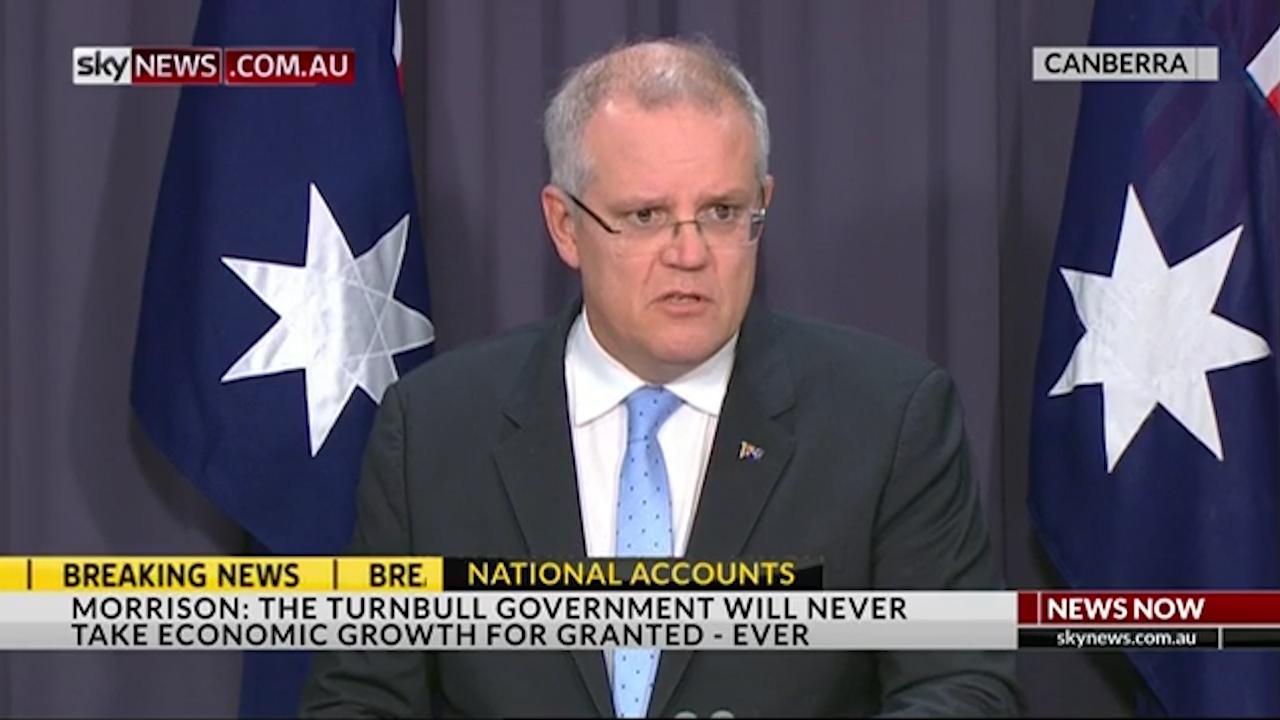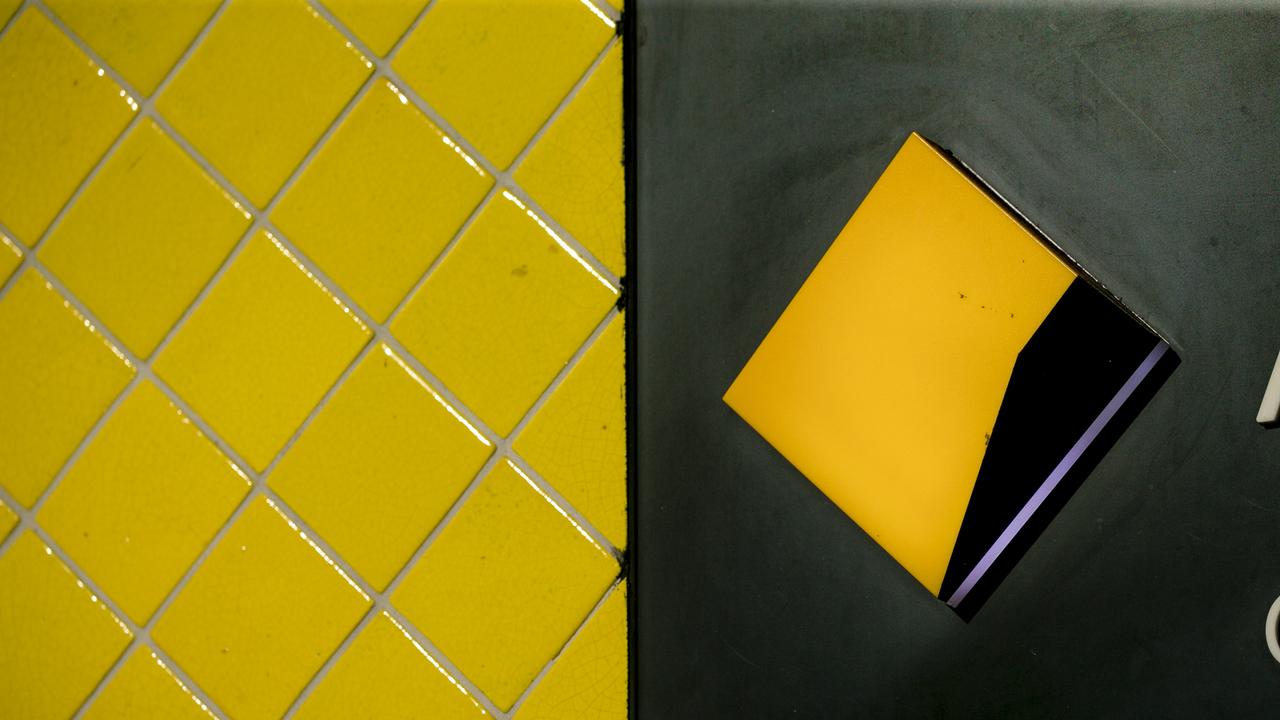GDP figures ‘not too bad’? Think again. We’re in for a rocky 2017
IF YOU think the latest economic figures were “not too bad”, think again. The government is leading us into a disastrous 2017.

ANALYSIS
IF YOU believe the Federal Government (and some commentators), there’s nothing much to worry about even though the economy has suddenly stalled, and is going backwards by 0.5 per cent per year.
They say there is plenty to be pleased with in the latest figures. If you look at the national income figures, it’s rosy days.
And that’s true. The national income surged last quarter. But the surge had nothing to do with good economic management. It was simply because our dollar dropped during that period.
National income measures the money earned by Australians, whether that comes from overseas or at home.
This surged mainly because the price of iron ore and coal has started to pick up. Which, if you’re a mining company is great news. However, most of us aren’t mining companies.
Indeed, 60 per cent of Australia’s economy is made up of household consumption.
For households, a declining Australian dollar means that for every imported good we buy — like cars, TVs, clothing and, most importantly, Reece’s Peanut Butter Cup chocolates — we are, on average, paying more. This is particularly troublesome in the lead up to the Festival of Buying Cheap Imported Junk, also known as Christmas.
So the national income figures are, at best, a bit of a distraction. It’s a bit of goalpost moving by Treasurer Scott Morrison. For the past 25 years, every Australian government on both sides of politics has proudly declared that the true measure of the economy’s health was GDP growth.
Now that’s gone negative, Mr Morrison suddenly declares we needn’t worry too much about that and instead focus on national income growth?
Come on, Mr Morrison, we weren’t born yesterday. (Actually 821 Australians were born yesterday, but that’s beside the point).
For Australia to go into recession requires six months where the figures stay negative. That means the next lot of figures the government releases in three months also have to be terrible for Australia to be in recession.
For me, whether or not we’re heading for recession is beside the point because it’s not just the headline figure of the GDP that’s worrying. It’s what has made the GDP decline that indicates this is the government is leading us into a disastrous 2017.
The figures show that Australia is experiencing weakness in home building. It shaved 0.3 per cent off the growth figure, and the amount of investment made in building and renovating private homes went down 1.6 per cent.
In the long term, this is a completely necessary thing to happen. Besides the west coast, the rest of Australia has experienced a housing boom in the past few years, and with it, there has been a renovation boom, because people have been doing up their houses to keep pace with the perceived value of their homes.
This growth has arguably kept Australia out of recession. Note that it’s been private consumption that has done the heavy lifting.
The government, meanwhile, has shown a distinct lack of interest in doing its share of the work in keeping the economy going. In 2013 they tried to cut government spending across the board. Since then, they’ve been essentially treading water on national economic reform.
Problem is that this growth engine, funded by private spending, is spluttering out without any indication from the government that they’ve got a plan to replace it.
Listen to a long line of commentators and you’ll hear that an “infrastructure boom” is just around the corner. According to this line of thinking, these weak figures are good news because it’ll spur the government into action, and finally compel them to get serious about upgrading Australia’s infrastructure.
With great fanfare, the government recently announced it’ll invest $50 billion in infrastructure.
Which sounds great except that they intend to spend that amount over five years. And it’ll take a bit of time for the projects to get started.
In fact, the only major projects that I’m aware that they’ve announced so far are a $893.7 million for inland rail and $700 million on a couple of road projects that get the figure up to $1.5 billion.
Even if the government manages to spend the first $10 billion of the commitment in 2017, it will be a drop in the ocean. The Australian economy is a $1.5 trillion beast. Spending an extra $10 billion adds 0.007 per cent to the economy. It’s a rounding error.
If the government was serious about using infrastructure as a means to keep Australia’s economy out of recession, they’d need to start adding a zero to the end of their spending plans, and there is no sign that this government has any appetite to that sort of pump-and-prime approach.
In fact, the current government’s track record on infrastructure is uniquely woeful, and is one of the reasons Australia’s economy is spluttering to a halt now.
Under Malcolm Turnbull’s leadership, first as Communications Minister, and then as Prime Minister, Australia’s global rank in internet speed has plummeted from 30th to 60th.
The tragedy is that this is completely foreseeable and utterly preventable.
For example, they could invest big in public housing. Even though private investment is slowing, many capital cities in Australia still have a housing shortage.
The government could easily (and quickly) put its billions into affordable public housing, which would support an industry coming off the boil and solve a problem that everyone knows but no government seems to want to fix.
Mr Morrison and Mr Turnbull are great believers in leaving the economy to sort itself out on its own. They seem to think that Kevin Rudd’s swift action after the GFC happened naturally, rather than because Mr Rudd and Wayne Swan took the threat to the economy seriously.
The GDP figures this week are just as alarming as those that came out after the GFC. The difference this time is that so far, there is no indication that the government is prepared for the bold measures required to get through 2017 unscathed.
Charles Firth majored in Economics (Social Science) at Sydney University. He is also editor of The Chaser Quarterly. Follow him on Twitter @charlesfirth



